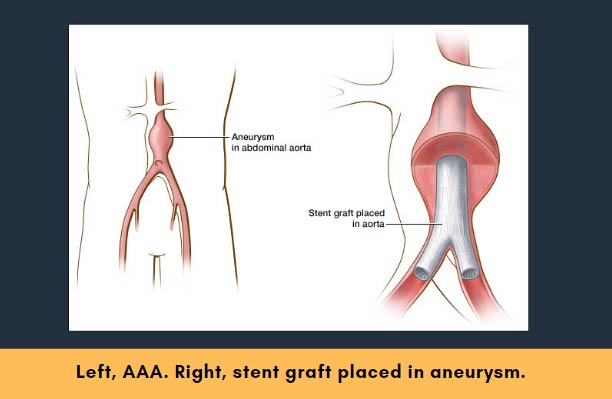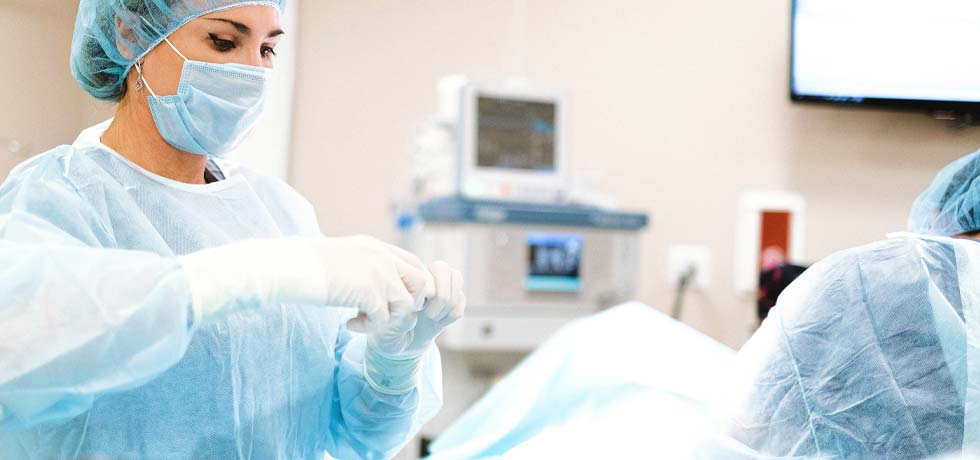What is Abdominal Aortic Aneurysm?
The Abdominal Aorta is the main blood vessel that delivers blood to the body in the abdomen. Abnormal enlargement of the Abdominal Aorta can result in development of an Abdominal Aortic Aneurysm (AAA). If not detected and treated at an early stage, the artery can swell and rupture. This condition may result in severe internal bleeding and can be life-threatening. Abdominal Aortic Aneurysmis the cause behind more than 15000 deaths a year in the US, most of which occur without prior symptoms.
People who have a family history of aneurysms are at greater risk of developing Abdominal Aortic Aneurysm. Men are more likely to be affected by AAA than women. Smoking, obesity, atherosclerosis and high blood pressure are additional main risk factors.
Treatment Options
The majority of abdominal aortic aneurysms are small in size and do not require surgery. However, it might be a sign that the patient has related health concerns that need attention.
-
- In case the aortic aneurysm is smaller than 5 cm, doctors recommend lifestyle changes, including healthy diet, light exercise and blood pressure management.
- In case it is bigger than 5 cm. or is increasing rapidly a surgery is recommended. The Abdominal Aortic Aneurysm can be treated with a new device called a stent-graft or endograft. A catheter is used to deliver the stent-graft to the abdominal aorta, where it seals off the aneurysm from the inside out. No surgery is required. As a result, it is less painful with faster recovery time than surgery.
- In case the aortic aneurysm is smaller than 5 cm, doctors recommend lifestyle changes, including healthy diet, light exercise and blood pressure management.

How to Reduce the R****isk of Aortic Aneurysm?
“Lifestyle modification” is recommended to reduces a patient’s risk of developing complications from AAA.
- Stop using tobacco products.
- Eat a healthy diet with a variety of fresh fruits and vegetables, whole grains, poultry, fish, and natural dairy products with low-fat content.
- Strict control of blood pressure and cholesterol levels with regular check-ups and adherence to prescribed medications
- Try to work out for at least 30 minutes a day. It is not necessary to hit the gym. Instead, brief walks along with yoga or aerobics can do wonders.




